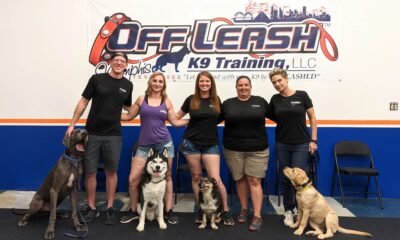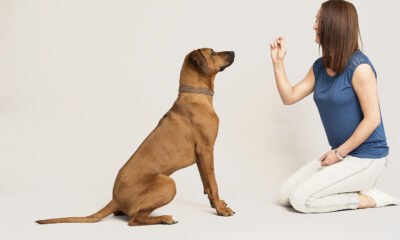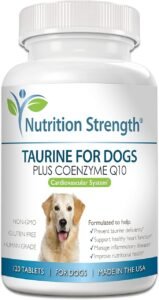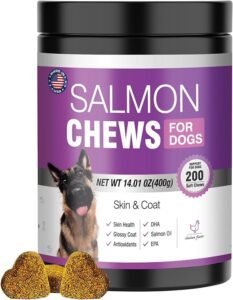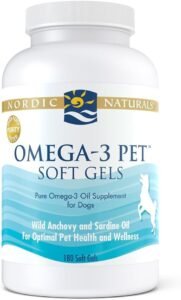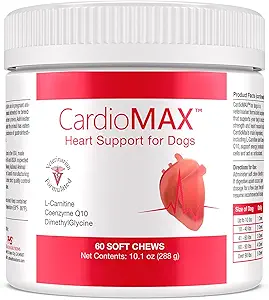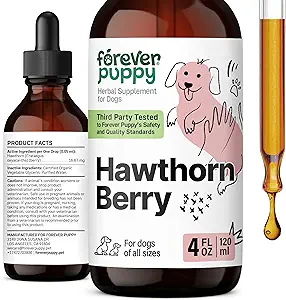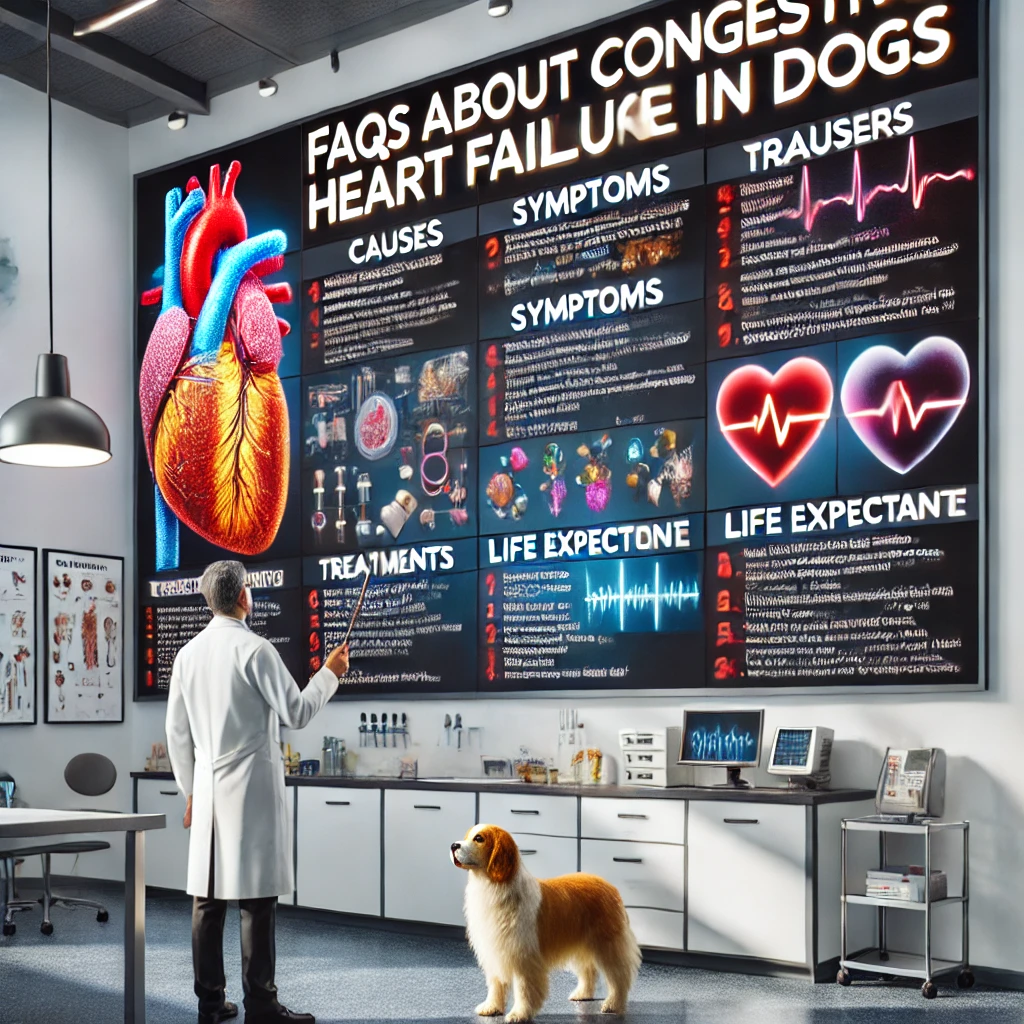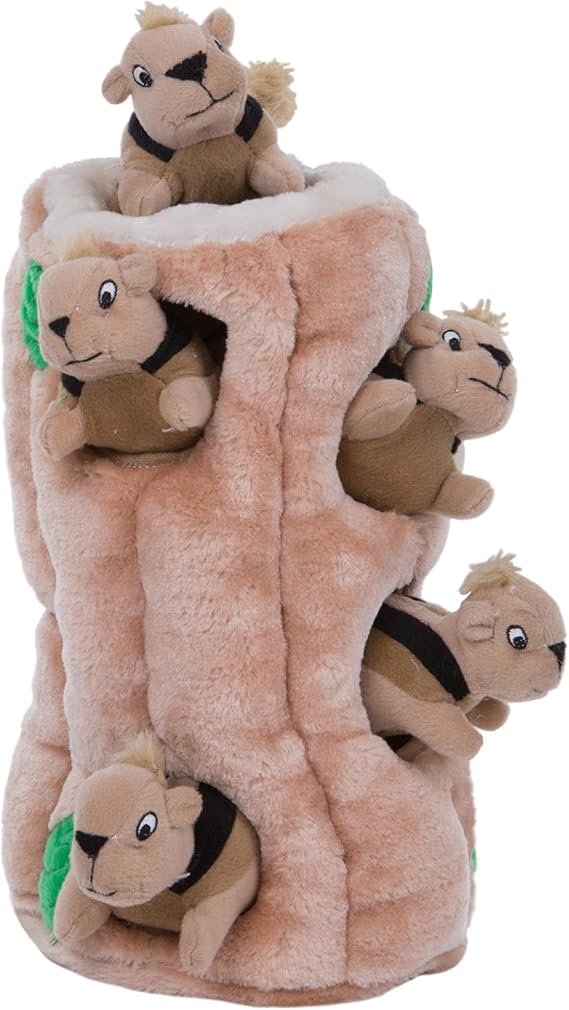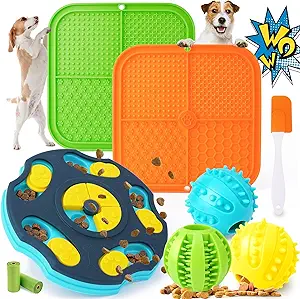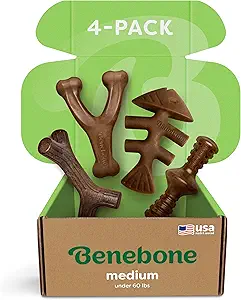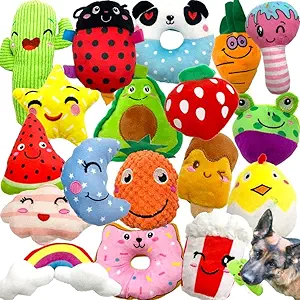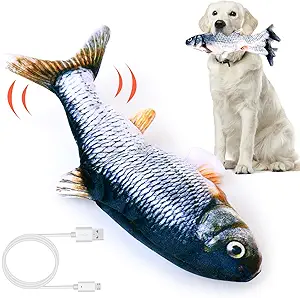Hound Breeds
“The Ultimate 7-Day Training Plan: Preparing Dogs for Crucial Situations”

Program for Dogs to Handle Crucial Circumstances
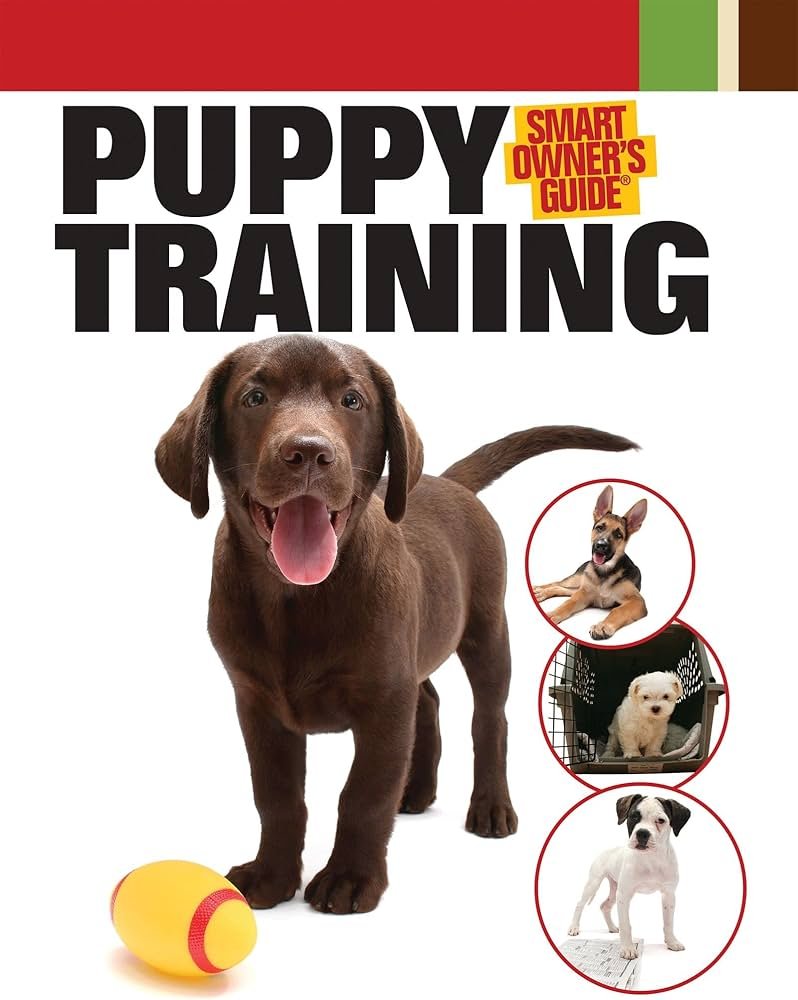
The Ultimate 7-Day Training Plan: Dogs are incredibly intelligent and capable animals, but in emergency situations, their training can make the difference between success and failure. Whether facing natural disasters, search-and-rescue missions, or personal protection scenarios, a well-prepared dog can prove invaluable. This 7-day special training program is designed to enhance a dog’s ability to respond to crucial circumstances with confidence and discipline.
For more information regarding 4 seasonal cxcercieses of all dog breeds recommended by the doctors and experts,you can visit our youtube channel:
Suitable Breeds for This Training
While all dogs can benefit from emergency training, certain breeds are naturally more suited for handling crucial circumstances due to their intelligence, physical capabilities, and temperament. The following breeds are ideal candidates for this 7-day special training program:
- German Shepherd –
Highly intelligent, versatile, and commonly used in police and military work.
-
Labrador Retriever –
Excellent search-and-rescue abilities and great temperament for water rescues.
-
Belgian Malinois –
Agile, strong, and often trained for protection and law enforcement roles.
-
Border Collie –
Highly trainable with superior problem-solving skills.
-
Doberman Pinscher –
Alert, protective, and known for personal security work.
-
Rottweiler –
Strong, courageous, and effective in protection scenarios.
-
Golden Retriever –
Friendly, intelligent, and excels in search-and-rescue operations.
-
Newfoundland –
Excellent swimmers and highly skilled in water rescue missions.
Day 1: Obedience Reinforcement

Focus Areas:

- Strengthening basic commands: Sit, Stay, Come, Heel, Down
- Practicing immediate response under distractions
- Using hand signals alongside verbal commands
Why It’s Crucial:

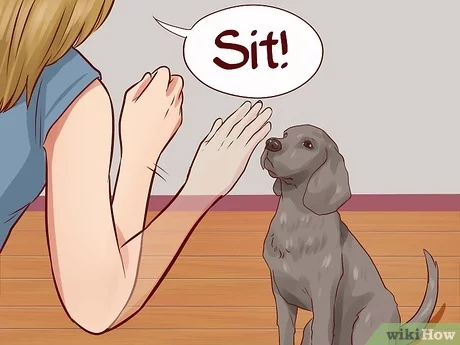

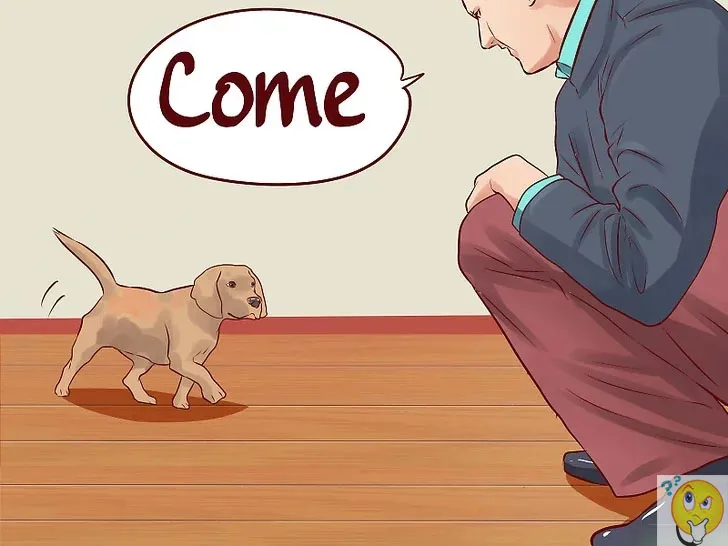
A well-trained dog must follow commands instantly, especially in high-stress situations. This foundation prepares them for advanced training in the following days.
Day 2: Desensitization to Loud Noises

Focus Areas:
- Gradual exposure to sirens, alarms, thunderstorms, and gunfire
- Positive reinforcement when staying calm
- Controlled simulations of emergency sounds
Why It’s Crucial:
In disasters or emergency events, loud noises can cause panic in dogs. Training them to remain composed ensures they can function effectively instead of fleeing in fear.
Day 3: Agility and Endurance Training

Focus Areas:
- Obstacle course navigation
- Sprinting and endurance runs
- Strength training through tug exercises
Why It’s Crucial:
In rescue missions or protection scenarios, agility and stamina help dogs navigate through debris, rough terrain, and physically demanding conditions.
Day 4: Search and Rescue Skills
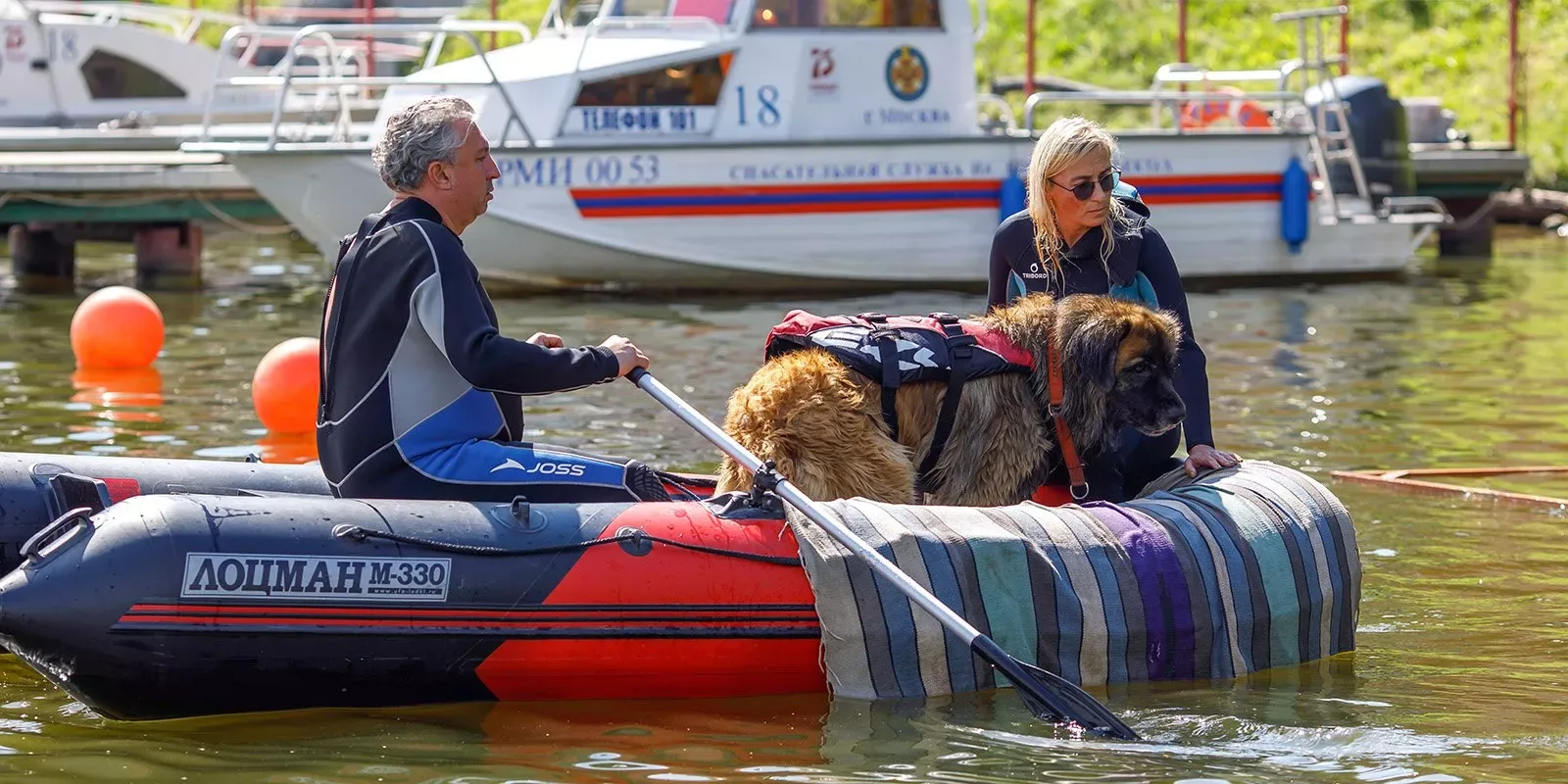
Focus Areas:
- Teaching scent recognition (human scent, disaster sites, buried items)
- Tracking exercises over various distances
- Encouraging digging and alert behaviors
Why It’s Crucial:
A well-trained search-and-rescue dog can locate missing persons, injured individuals, or detect threats through their keen sense of smell and tracking ability.
Day 5: Emergency Situational Response
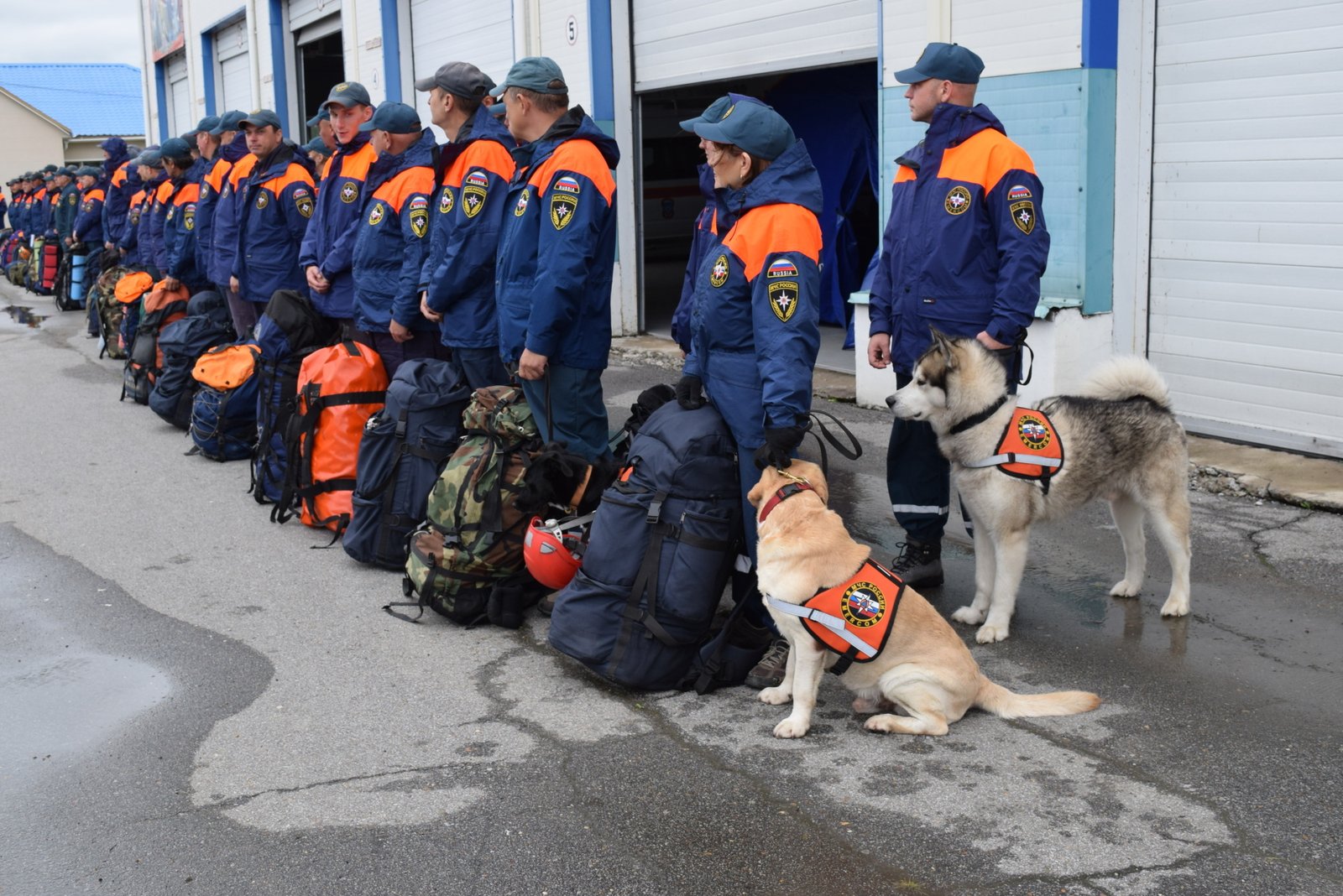
Focus Areas:
- Simulated emergency drills (fire evacuation, flood scenarios, earthquake response)
- Learning to identify and retrieve emergency items (flashlights, first-aid kits)
- Practicing recall and escape maneuvers
Why It’s Crucial:
During emergencies, trained dogs can assist in rescue efforts, guide their owners to safety, or even provide life-saving aid.
Day 6: Protection and Defense Training

Focus Areas:
- Controlled bite training (for working breeds, if applicable)
- Learning to deter intruders without excessive aggression
- Practicing bark alerts instead of physical attacks
Why It’s Crucial:
Personal protection dogs need to differentiate between threats and non-threats, ensuring they act only when necessary while avoiding unnecessary aggression.
Day 7: Water Rescue and Survival Skills
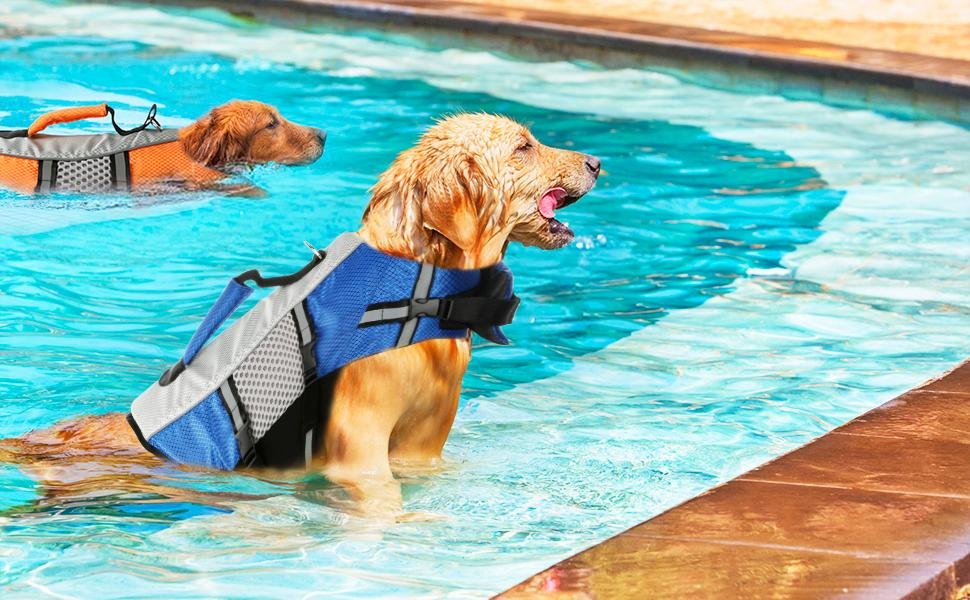
Focus Areas:
- Swimming endurance and controlled water retrieval
- Learning to tow objects or individuals
- Practicing safe exits from water bodies
Why It’s Crucial:
The Ultimate 7-Day Training Plan: In floods or water-related emergencies, a trained dog can assist in rescue efforts, help retrieve stranded individuals, or ensure their own survival.
Closing Statement

By following this 7-day intensive training program, your dog will develop critical survival skills, obedience under stress, and the confidence to handle emergency situations effectively. While this program is a strong foundation, continuous practice and reinforcement are essential to maintain these crucial skills.
Whether your dog is a working breed or a loyal family companion, special training ensures they are ready to assist and protect when it matters most.
Frequently Asked Questions (FAQs)
How long does it take to fully train a dog for emergencies?
While this 7-day program provides essential skills, long-term consistency is key. Advanced training can take several months to years, depending on the dog’s breed, age, and prior training experience.
Can any dog breed undergo this training?
Yes, all breeds can benefit from emergency training, but working breeds like German Shepherds, Belgian Malinois, and Labradors are naturally more suited for demanding tasks.
Is professional training necessary, or can I do it myself?
Basic training can be done at home, but for specialized skills like search-and-rescue or protection work, professional guidance is highly recommended.
What is the best age to start training a dog for emergencies?
Early training (starting at 8–12 weeks) is ideal, but adult dogs can also learn effectively with patience and consistency.
How do I maintain my dog’s training after the 7-day program?
The Ultimate 7-Day Training Plan: Regular reinforcement, practice sessions, and exposure to real-world scenarios will help retain learned skills. Advanced courses and refresher training every few months are beneficial.
Are there any risks involved in training for protection and defense?
Yes, improper training can lead to aggression issues. It’s essential to work with certified trainers to ensure controlled and appropriate behavior development.
Can a family pet also be trained for crucial circumstances?
Absolutely! Family dogs can be trained for emergency preparedness while maintaining their role as loving companions.
Hound Breeds
The Rise of Unique Dog Names: Trends and Inspirations

Latest Naming Trends
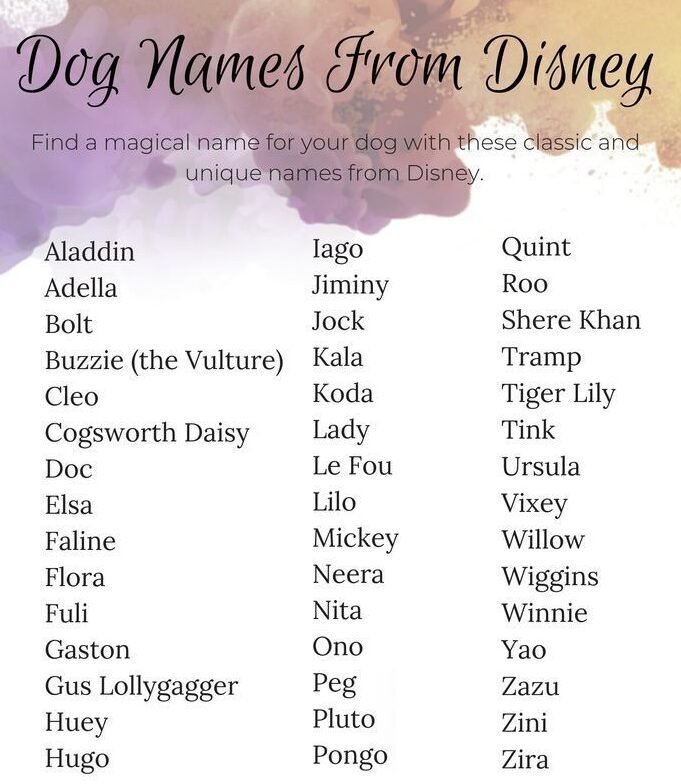
The Rise of Unique Dog Names: Choosing a name for your dog is an exciting yet significant task. Over the years, the trend of naming dogs has shifted dramatically from traditional names like Max and Bella to more unique and personalized names. This change reflects cultural influences, pop culture, and the increasing humanization of pets. In this article, we explore the reasons behind the rise of unique dog names, the latest naming trends, and where dog owners find their inspiration.
For more information regarding 4 seasonal cxcercieses of all dog breeds recommended by the doctors and experts,you can visit our youtube channel:
Why Are Unique Dog Names on the Rise?

There are several factors contributing to the increasing popularity of unique dog names:
- Personalization & Identity –
- More dog owners now see their pets as family members, prompting them to choose names that reflect their pet’s personality, characteristics, or even their own interests.
- Pop Culture Influence –
- Many dog names are inspired by movies, TV shows, celebrities, and even fictional characters. For instance, names like “Loki” (Marvel), “Grogu” (Star Wars), and “Wednesday” (Netflix’s Wednesday series) have become trendy.
- Social Media Trends –
- With the rise of pet influencers, unique names help dogs stand out in an ever-growing digital space. Instagram-famous pets often have quirky and unforgettable names.
- Cultural and Global Inspiration –
- Many pet owners are now looking beyond their local language and culture for names. Names inspired by mythology, foreign words, or even historical figures have gained popularity.
Current Trends in Dog Naming

Human Names for Dogs
More owners are choosing names that were traditionally reserved for people:
-
Oliver
-
Sophia
-
Henry
-
Amelia
Food-Inspired Dog Names

Names inspired by favorite foods and drinks have gained popularity:
-
Mochi
-
Biscuit
-
Latte
-
Sushi
Nature-Inspired Names

Many dog owners are turning to nature for inspiration:
-
Aspen
-
River
-
Storm
-
Willow
Mythological and Fantasy Names
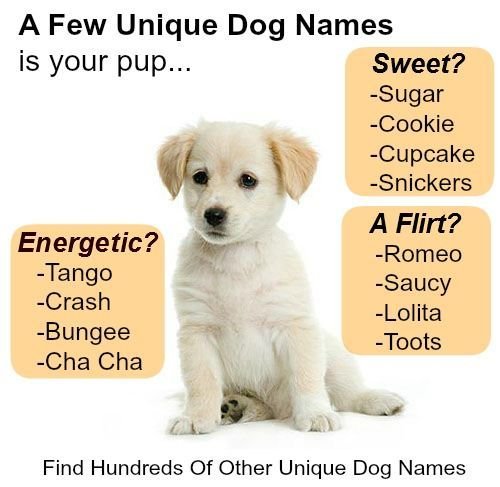
Dog names inspired by mythology and fantasy worlds continue to be a trend:
-
Apollo
-
Athena
-
Thor
-
Zelda
Unique Word-Based Names

Some pet owners are thinking completely outside the box with word-based names:
-
Echo
-
Pixel
-
Nimbus
-
Jinx
Finding the Perfect Name for Your Dog

If you’re looking for a unique name for your dog, here are some sources of inspiration:
- Your Dog’s Personality & Appearance –
- Observe their quirks and coat color. A playful dog might suit “Zippy,” while a calm dog might be called “Zen.”
- Hobbies & Interests –
- If you love music, you might name your dog “Jagger” or “Melody.”
- Foreign Languages –
- Consider words from different languages. “Luna” (Spanish for Moon) and “Kuma” (Japanese for Bear) are popular choices.
- Books, Movies & TV Shows –
- If you love Harry Potter, names like “Dobby” or “Hedwig” could be fun choices.
- Historical & Legendary Figures –
- Naming a dog “Napoleon” or “Cleopatra” adds a regal touch.
Closing Statement
The trend of unique dog names is here to stay, reflecting the deep bond between humans and their furry companions. Whether inspired by pop culture, nature, or mythology, dog owners are getting more creative than ever when naming their pets. Choosing a unique name not only adds personality to your dog’s identity but also strengthens the special connection you share.
📢 What’s your dog’s name? Share it with us on DogsReader’s Facebook and Instagram pages! Connect with us at www.dogsreader.com.
The Rise of Unique Dog Names: Trends and Inspirations – FAQs
Choosing a name for your dog is more than just a fun tradition—it reflects personality, pop culture, and even societal trends. Gone are the days of simple names like Spot or Rover; today’s pet parents are opting for creative, unique, and meaningful monikers. Below, we answer all your burning questions about the latest trends in dog naming!
1. Why Are Unique Dog Names Becoming More Popular?
- Humanization of Pets: Dogs are increasingly seen as family members, leading to more personalized names.
- Social Media Influence: Viral pet accounts inspire creative names (e.g., Tuna the Chiweenie, Noodle the Pug).
- Pop Culture Trends: Movies, TV shows, and celebrities inspire names (e.g., Khaleesi, Grogu, Loki).
- Avoiding Overused Names: Pet owners want names that stand out at the dog park.
2. What Are the Most Popular Trends in Dog Naming Right Now?
A. Food & Drink-Inspired Names
- Sweet Treats: Mochi, Biscuit, Peanut, Waffles
- Beverages: Chai, Latte, Espresso, Whiskey
- Exotic Flavors: Saffron, Wasabi, Matcha
B. Human Names (But with a Twist)
- Classic with a Twist: Barktholomew, Sir Waggington, Droolius Caesar
- Old-School Revival: Walter, Agnes, Eugene
- Celebrity & Fictional Names: Beyoncé, Thor, Wednesday
C. Nature & Mythological Names
- Celestial: Nova, Comet, Luna
- Mythology: Athena, Zeus, Freya
- Botanical: Willow, Basil, Juniper
D. Quirky & Unexpected Names
- Wordplay: Bark Twain, Chewbacca, Mary Puppins
- Random Objects: Socks, Toaster, Waffle
- Nonsense Names: Ziggy, Boop, Noodle
3. How Do I Choose the Perfect Unique Name for My Dog?
- Consider Personality: Is your dog goofy (Waffles), regal (Duchess), or adventurous (Indiana Bones)?
- Test It Out: Say it aloud—does it roll off the tongue? Avoid names that sound like commands ( Kit vs. Sit).
- Think Long-Term: Will it still suit them as they age?
- Check Popularity: Some “unique” names (Luna, Bella) are now very common.
4. What Are Some Unusual But Cool Dog Names?
| Category | Examples |
|---|---|
| Literary | Atticus, Gatsby, Hermione |
| Sci-Fi/Fantasy | Ripley, Gandalf, Leia |
| Historical | Cleopatra, Tesla, Napoleon |
| Music-Inspired | Jagger, Bowie, Hendrix |
| Travel-Themed | Sahara, Rio, Aspen |
5. Are There Any Naming Trends to Avoid?
- Overly Complicated Names: Sir Fluffington the Third might be cute, but will you yell that at the dog park?
- Trendy but Temporary Names: Fidget Spinner was fun in 2017, but will it age well?
- Offensive or Confusing Names: Avoid names that could be awkward in public (Karen, Hitler).
6. Do Certain Breeds Tend to Have Specific Name Trends?
- Small Dogs (Chihuahuas, Yorkies): Taco, Gizmo, Pixie
- Large Breeds (Great Danes, Mastiffs): Titan, Hulk, Xena
- Working Dogs (Border Collies, Shepherds): Ranger, Scout, Nova
- Luxury Breeds (Poodles, Pomeranians): Coco, Chanel, Bentley
7. How Do Pop Culture and Social Media Influence Dog Names?
- TV & Movies: Arya (Game of Thrones), Eleven (Stranger Things), Grogu (The Mandalorian)
- Viral Pets: Doug the Pug, Marnie the Dog
- Memes & Internet Culture: Doggo, Cheems, Smol
8. Can a Dog’s Name Affect Its Behavior?
- Shorter Names (1-2 syllables) like Max, Zoe are easier for dogs to recognize.
- Names with hard consonants (K, D, T) (Rex, Koda) may grab attention better.
- Avoid Negative Connotations: Studies suggest names like Killer might influence perceptions (even if the dog is sweet).
9. What Are Some Unique Gender-Neutral Dog Names?
- Riley, Scout, Pepper, Sunny, Echo, River, Ziggy
10. Where Can I Find More Inspiration for Unique Dog Names?
- Baby Name Websites ( Nameberry, Behind the Name)
- Mythology & History Books
- Nature (Plants, Constellations, Weather Phenomena)
- Foreign Languages ( Kuma = “bear” in Japanese)
Hound Breeds
Congestive Heart Failure in Dogs: Breeds, Causes, and Global Situations

Understanding (CHF)

Congestive heart failure in dogs: (CHF) is a serious and increasingly prevalent condition in dogs, affecting their quality of life and longevity. Recent research has shed light on the breeds most susceptible to CHF, the underlying causes, and the environmental factors contributing to its prevalence in certain countries. This article delves into the latest findings, exploring why some breeds are more prone to CHF, the role of genetics and environment, and the regions most affected by this debilitating condition.
For more information regarding 4 seasonal cxcercieses of all dog breeds recommended by the doctors and experts,you can visit our youtube channel:
What is Congestive Heart Failure in Dogs?

Congestive heart failure occurs when the heart is unable to pump blood effectively, leading to fluid buildup in the lungs, abdomen, or other tissues. This condition is often a result of underlying heart diseases such as dilated cardiomyopathy (DCM), mitral valve disease (MVD), or congenital heart defects. Symptoms include coughing, difficulty breathing, fatigue, and fluid retention.
Signs of Congestive Heart Failure in Dogs
Congestive heart failure (CHF) in dogs occurs when the heart cannot pump blood effectively, leading to fluid buildup in the lungs, abdomen, or other tissues. Recognizing the signs early is crucial for timely intervention and management. Below are the common signs of congestive heart failure in dogs, categorized by the affected area:
1. Respiratory Signs (Fluid in the Lungs)

- Coughing: Especially at night or after exercise.
- Difficulty Breathing: Rapid, shallow, or labored breathing.
- Wheezing or Gasping: Due to fluid accumulation in the lungs.
- Exercise Intolerance: Reluctance to play or walk.
2. Circulatory Signs (Poor Blood Flow)

- Lethargy: Reduced energy and reluctance to move.
- Weakness: Difficulty standing or walking.
- Fainting or Collapse: Due to insufficient blood flow to the brain.
- Cold Extremities: Paws and ears may feel cold.
3. Fluid Retention Signs (Edema)
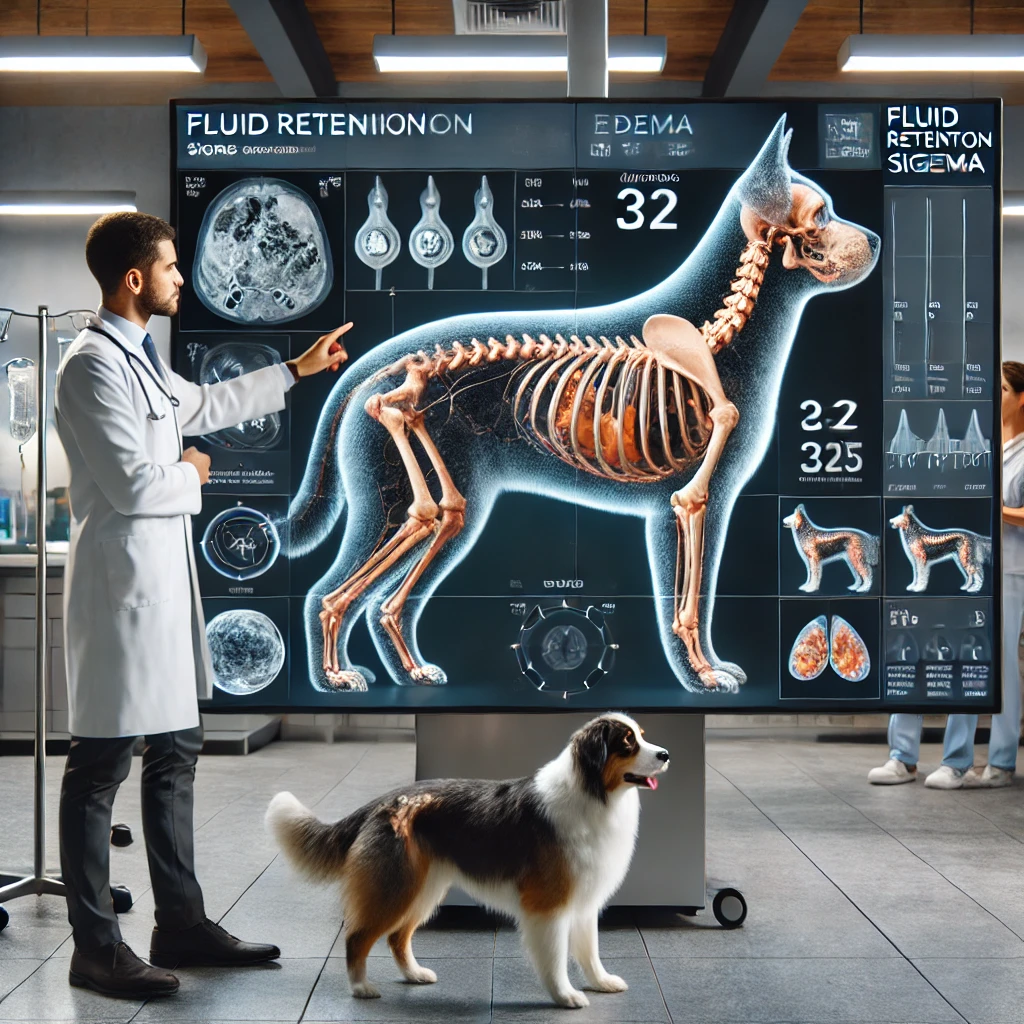
- Swollen Abdomen: Fluid buildup in the abdomen (ascites).
- Swollen Limbs: Fluid retention in the legs (peripheral edema).
- Weight Gain: Despite a loss of appetite.
4. Behavioral Signs
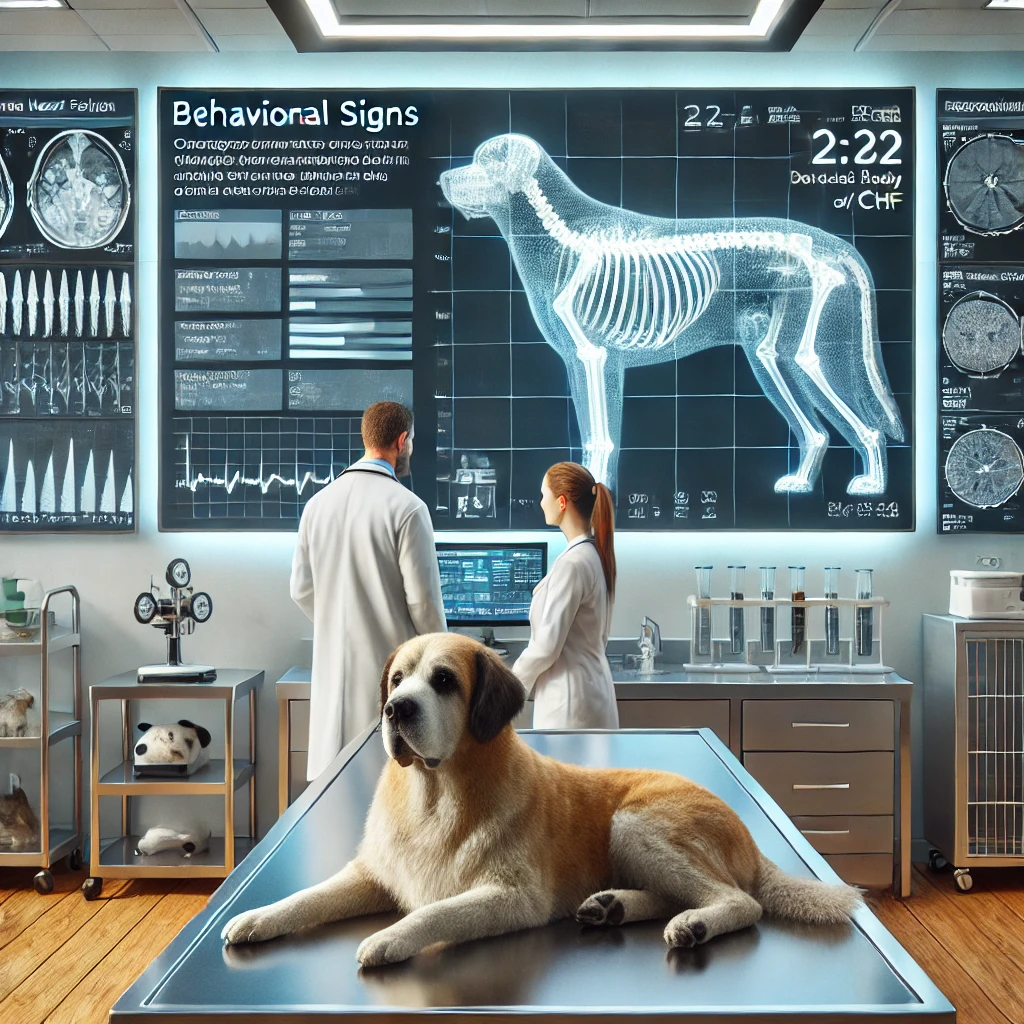
- Restlessness: Especially at night.
- Anxiety or Panting: Due to discomfort or difficulty breathing.
- Loss of Appetite: Reduced interest in food.
5. Advanced Signs (End-Stage CHF)

- Blue or Pale Gums: Indicates poor oxygenation.
- Severe Breathing Difficulties: Gasping or open-mouth breathing.
- Extreme Weakness: Inability to stand or walk.
- Sudden Collapse or Death: In severe cases.
When to See a Veterinarian

If your dog shows any of the above signs, especially coughing, difficulty breathing, or fainting, seek veterinary care immediately. Early diagnosis and treatment can significantly improve your dog’s quality of life and survival time.
Breeds Most Prone to CHF and Why
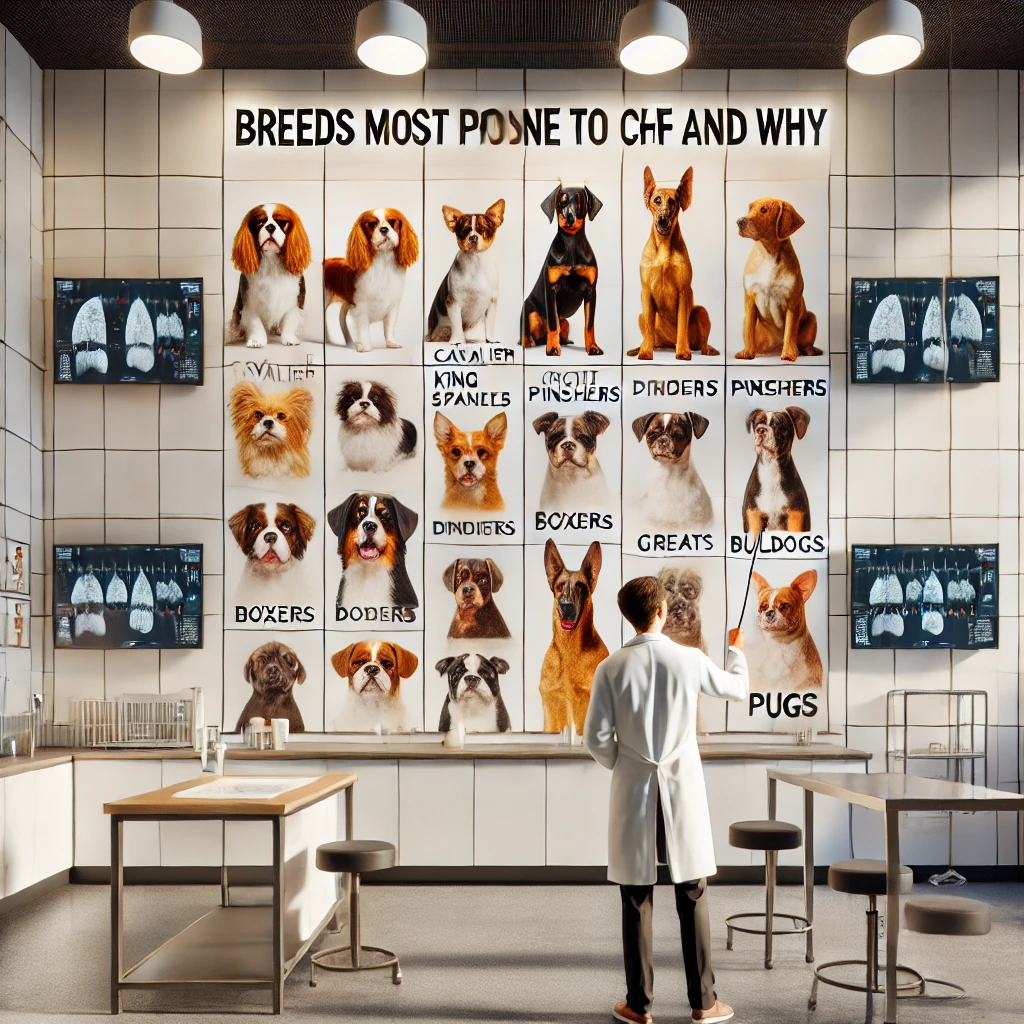
Certain dog breeds are genetically predisposed to CHF due to their anatomy, size, or hereditary factors. According to the latest research:
- Small Breeds:
- Cavalier King Charles Spaniels:
- This breed is highly susceptible to mitral valve disease (MVD), a leading cause of CHF. Studies show that nearly 50% of Cavaliers develop MVD by age 5, and almost all are affected by age 10.
- Dachshunds and Chihuahuas:
- These breeds are prone to congenital heart defects and age-related valve degeneration.
- Large Breeds:
- Doberman Pinschers:
- Dobermans are at high risk for dilated cardiomyopathy (DCM), a condition where the heart muscle weakens and enlarges, leading to CHF. Research indicates that up to 58% of Dobermans may develop DCM.
- Great Danes and Boxers:
- These breeds are also prone to DCM and arrhythmias, which can progress to CHF.
- Brachycephalic Breeds:
- Bulldogs and Pugs:
- Their unique skull structure can lead to respiratory and cardiovascular stress, increasing the risk of CHF.
Why These Breeds?

Genetic mutations, selective breeding for specific traits, and breed-specific anatomy play significant roles. For example, the genetic mutation responsible for MVD in Cavaliers has been identified, highlighting the importance of responsible breeding practices.
Most Common Countries Facing CHF in Dogs

The prevalence of CHF in dogs varies by region, influenced by environmental factors, breeding practices, and access to veterinary care.
- United States:
- CHF is widespread due to the popularity of predisposed breeds like Cavaliers and Dobermans. Environmental factors such as obesity, sedentary lifestyles, and poor diets exacerbate the condition.
- United Kingdom:
- The UK has a high incidence of CHF, particularly in Cavalier King Charles Spaniels. The breed’s popularity and genetic predisposition contribute to this trend.
- Australia:
- Similar to the US and UK, Australia faces a high prevalence of CHF in predisposed breeds. The country’s warm climate may also stress dogs with existing heart conditions.
- Developing Countries:
- In regions with limited access to veterinary care, CHF often goes undiagnosed or untreated. Poor nutrition and exposure to infectious diseases like heartworm further increase the risk.
- Environmental Factors:
- Obesity: Overweight dogs are at higher risk of CHF due to increased strain on the heart.
- Pollution: Air pollution and secondhand smoke can exacerbate respiratory and cardiovascular issues.
- Climate: Extreme temperatures, especially heat, can stress the cardiovascular system.
AGE OF ONSET

CHF typically affects middle-aged to older dogs, with most cases diagnosed between the ages of 5 and 12. However, certain breeds, like Cavaliers and Dobermans, may develop CHF earlier due to genetic predispositions.
Prevention and Management of CHF

- Regular Veterinary Checkups:
- Early detection of heart conditions can slow the progression of CHF.
- Balanced Diet:
- A heart-healthy diet low in sodium can reduce the risk of CHF.
- Exercise:
- Moderate exercise helps maintain cardiovascular health but should be tailored to the dog’s condition.
- Medications:
- Drugs like ACE inhibitors, diuretics, and pimobendan can manage symptoms and improve quality of life.
Specific Dog Breeds Prone to Congestive Heart Failure (CHF), along with the most expensive supplements

(CHF) Supplements Click Any Picture In the Table To Buy From Amazon

| Breed | Common Heart Condition | Most Expensive Supplements | Why Recommended | |
|---|---|---|---|---|
| Cavalier King Charles Spaniel | Mitral Valve Disease (MVD) | Omega-3 Fatty Acids (EPA/DHA),
|
Reduces inflammation, supports heart muscle function, and improves energy production in heart cells. | |
| Doberman Pinscher | Dilated Cardiomyopathy (DCM) | L-Carnitine, Taurine,
|
Helps improve heart muscle contraction, prevents taurine deficiency, and supports overall heart health. | |
| Great Dane | Dilated Cardiomyopathy (DCM) | Taurine, L Carnitine,
|
Supports heart muscle function and reduces oxidative stress. | |
| Boxer | Arrhythmogenic Right Ventricular Cardiomyopathy (ARVC) | Coenzyme Q10 (CoQ10),
|
Stabilizes heart rhythm, reduces inflammation, and supports energy production in heart cells. | |
| Bulldog | Congenital Heart Defects | Omega-3 Fatty Acids,
|
Reduces oxidative stress and supports cardiovascular health. | |
| Dachshund | Mitral Valve Disease (MVD) | Coenzyme Q10 (CoQ10),
|
Improves heart function and reduces fluid retention. | |
| Chihuahua | Congenital Heart Defects | Taurine,
|
Prevents taurine deficiency and supports overall heart health. |
Key Notes on Supplements:

- Omega-3 Fatty Acids (EPA/DHA):
- Derived from fish oil, these reduce inflammation and support heart health. High-quality, pharmaceutical-grade fish oil is the most expensive.
- Coenzyme Q10 (CoQ10):
- A powerful antioxidant that improves energy production in heart cells. The ubiquinol form (active form of CoQ10) is more expensive but more effective.
- Taurine:
- An amino acid essential for heart function. Taurine deficiency is linked to DCM in some breeds.
- L-Carnitine:
- Helps transport fatty acids into heart cells for energy production. Often used in Dobermans with DCM.
- Hawthorn Extract:
- A herbal supplement that supports heart function and improves circulation.
Why Are These Supplements Expensive?

- High-Quality Ingredients: Pharmaceutical-grade supplements are purified and free from contaminants.
- Bioavailability: More expensive supplements are formulated for better absorption and effectiveness.
- Research-Backed Formulations: Premium brands invest in clinical studies to prove efficacy.
Prevention Tips:
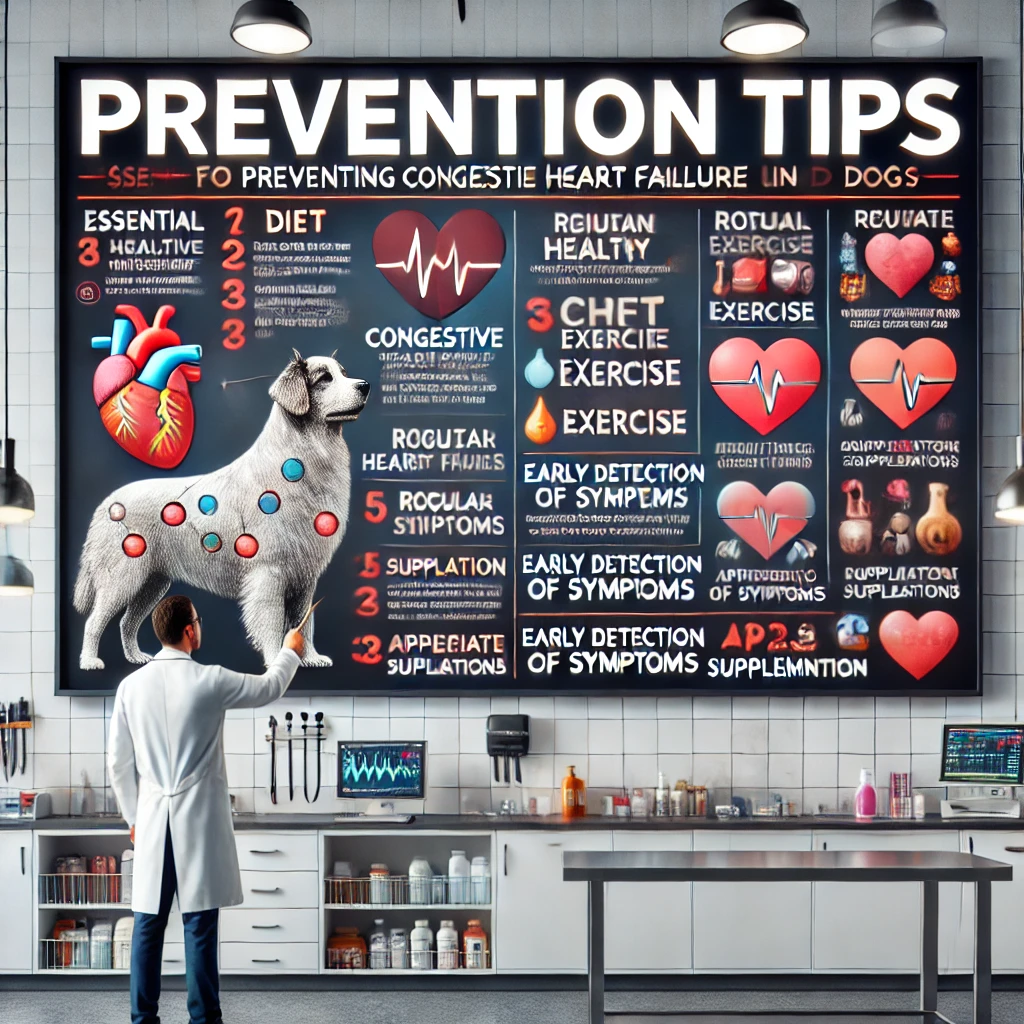
- Regular Vet Checkups:
- Early detection of heart conditions is critical.
- Balanced Diet:
- Feed high-quality, heart-healthy dog food.
- Exercise:
- Moderate, breed-appropriate exercise to maintain cardiovascular health.
- Avoid Obesity:
- Overweight dogs are at higher risk of CHF.
By investing in these supplements and preventive measures, pet owners can help their beloved dogs live longer, healthier lives despite their breed-specific predispositions to heart disease.
References: American Kennel Club (AKC), Journal of Veterinary Cardiology, and clinical studies on canine heart health.
Closing Statement

Congestive heart failure in dogs is a complex condition influenced by genetics, breed-specific traits, and environmental factors. While certain breeds are more susceptible, responsible breeding, early detection, and proper care can mitigate the risks. As research continues to uncover the genetic and environmental underpinnings of CHF, pet owners and veterinarians must work together to ensure the health and well-being of our canine companions.
By understanding the causes and taking proactive measures, we can help dogs live longer, healthier lives—even in the face of this challenging condition.
Hound Breeds
Bored Dog Toys: Pup Entertained and Happy

Keep Your Friend Mentally Engaged
Bored Dog Toys: Dogs are naturally curious, energetic, and intelligent creatures. However, when left alone or understimulated, they can quickly become bored, leading to destructive behaviors like chewing furniture, excessive barking, or digging. The good news? There’s a simple solution: dog toys! The right toys can keep your furry friend mentally and physically engaged, ensuring they stay happy and healthy. In this article, we’ll explore the best types of toys for bored dogs and provide a detailed table of toy options to suit every pup’s needs.
For more information regarding 4 seasonal cxcercieses of all dog breeds recommended by the doctors and experts,you can visit our youtube channel:
Why Do Dogs Get Bored?
Dogs are social animals that thrive on interaction, exercise, and mental stimulation. When these needs aren’t met, boredom sets in. Common signs of a bored dog include:
- Chewing on non-toy items
- Excessive barking or whining
- Digging or scratching at doors or floors
- Restlessness or pacing
- Destructive behavior
Providing your dog with engaging toys is one of the best ways to combat boredom and keep them entertained.
Types of Toys for Bored Dogs
Not all toys are created equal. Depending on your dog’s personality, energy level, and preferences, certain types of toys will work better than others. Here are some categories to consider:
- Interactive Toys:
- These toys challenge your dog’s mind and keep them occupied. Examples include puzzle toys and treat-dispensing toys.
- Chew Toys:
- Perfect for dogs who love to gnaw, these toys satisfy their natural chewing instincts.
- Fetch Toys:
- Great for active dogs who love to run and retrieve.
- Comfort Toys:
- Soft, plush toys that provide comfort and companionship, especially for anxious dogs.
- Tug Toys:
- Ideal for playtime with you or another dog, promoting bonding and exercise.
Click Any Picture In The Table to Buy from Amazon Bored Dog Toys
How to Choose the Right Toy for Your Dog
When selecting toys for your dog, consider the following factors:
- Size:
- Choose a toy that’s appropriate for your dog’s size to avoid choking hazards.
- Durability:
- For heavy chewers, opt for tough, non-toxic materials like rubber or nylon.
- Energy Level:
- High-energy dogs may prefer fetch or tug toys, while calmer dogs might enjoy puzzles or plush toys.
- Safety:
- Preferences:
- Observe what your dog naturally gravitates toward—chewing, fetching, or cuddling.
Tips for Keeping Your Dog Entertained
- Rotate Toys: Introduce new toys regularly and rotate them to keep your dog interested.
- Interactive Play: Spend time playing with your dog using tug toys or fetch toys.
- Treat Dispensers: Use treat-dispensing toys to reward your dog and keep them engaged.
- Mental Stimulation: Incorporate puzzle toys to challenge your dog’s mind.
- Supervision: Always supervise your dog with new toys to ensure they’re safe and appropriate.
Closing Statement
Boredom doesn’t have to be a problem for your dog. With the right toys, you can keep your pup entertained, mentally stimulated, and physically active. Whether your dog loves to chew, fetch, or solve puzzles, there’s a toy out there to suit their needs. Use the table above as a guide to find the perfect boredom-busting toy for your furry friend. Remember, a happy dog is a busy dog!
Frequently Asked Questions (FAQs) About Bored Dog Toys
Below are some common questions and answers about dog toys and how they can help combat boredom in your furry friend.
1. What are the best toys for a bored dog?
The best toys for a bored dog depend on their personality and energy level. Some great options include:
- Interactive Toys: Puzzle toys, treat-dispensing toys.
- Chew Toys: Durable rubber or nylon toys.
- Fetch Toys: Balls, frisbees, or floating water toys.
- Comfort Toys: Soft plush toys with squeakers.
- Tug Toys: Rope toys or tug-of-war toys.
2. How do I know if my dog is bored?
Signs of boredom in dogs include:
- Destructive behavior (chewing furniture, digging).
- Excessive barking or whining.
- Restlessness or pacing.
- Lack of interest in activities.
- Overeating or sleeping too much.
3. Are puzzle toys good for dogs?
Yes! Puzzle toys are excellent for dogs because they:
- Provide mental stimulation.
- Reduce boredom and anxiety.
- Encourage problem-solving skills.
- Keep dogs occupied for extended periods.
4. Can chew toys help with dental health?
Absolutely! Chew toys:
- Help clean teeth and reduce plaque buildup.
- Strengthen jaw muscles.
- Satisfy your dog’s natural chewing instincts.
5. What toys are best for aggressive chewers?
For aggressive chewers, choose durable toys made from tough materials like:
- Rubber: Kong Extreme, Goughnuts.
- Nylon: Nylabone Dura Chew, Benebone.
- Rope: Mammoth Flossy Chews, Tuffy toys.
6. Are squeaky toys safe for dogs?
Squeaky toys are safe as long as they are:
- Made from non-toxic materials.
- Durable enough to withstand chewing.
- Supervised during play to prevent choking hazards.
7. How often should I rotate my dog’s toys?
Rotate your dog’s toys every 1-2 weeks to keep them interested. This prevents boredom and makes old toys feel new again.
8. Can toys help with separation anxiety?
Yes, certain toys can help ease separation anxiety by:
- Providing comfort (plush toys).
- Keeping dogs occupied (puzzle toys, treat dispensers).
- Reducing stress and boredom.
9. What toys are best for small dogs?
Small dogs enjoy:
- Plush Toys: ZippyPaws, GoDog.
- Small Chew Toys: Nylabone Puppy Chews.
- Interactive Toys: Outward Hound Mini Puzzles.
10. Are there toys for water-loving dogs?
Yes! Floating water toys are perfect for dogs who love to swim. Examples include:
- Kong Aqua: Durable and buoyant.
- Chuckit! Amphibious Bumper: Floats and bounces.
- Ruffwear Lunker: Great for fetch in water.
11. Can I make DIY toys for my dog?
Yes! DIY toys can be fun and cost-effective. Some ideas include:
- Frozen Treat Toys: Fill a Kong with peanut butter and freeze it.
- Sock Tug Toy: Braid old socks together.
- Snuffle Mat: Use fleece strips tied to a rubber mat.
12. How do I choose the right toy for my dog’s breed?
Consider your dog’s size, energy level, and instincts:
- High-Energy Breeds: Fetch toys, flirt poles.
- Intelligent Breeds: Puzzle toys, treat dispensers.
- Chewers: Durable chew toys.
- Small Breeds: Plush toys, small interactive toys.
13. Are electronic toys safe for dogs?
Electronic toys are safe if:
- They are made from non-toxic materials.
- They are used under supervision.
- They are appropriate for your dog’s size and energy level.
14. What toys are best for senior dogs?
Senior dogs enjoy:
- Soft Plush Toys: Comforting and gentle.
- Puzzle Toys: Keeps their mind active.
- Chew Toys: Helps maintain dental health.
15. Can toys help with weight management?
Yes! Toys like snuffle mats and treat dispensers:
- Slow down eating.
- Encourage physical activity.
- Provide mental stimulation without extra calories.
16. How do I clean my dog’s toys?
Clean your dog’s toys regularly to prevent bacteria buildup:
- Rubber/Plastic Toys: Wash with warm, soapy water.
- Plush Toys: Machine wash on a gentle cycle.
- Rope Toys: Soak in a vinegar-water solution and air dry.
17. Are there toys for dogs who don’t like to play?
Yes! Try:
- Snuffle Mats: Encourages scent work.
- Comfort Toys: Soft plush toys for cuddling.
- Interactive Toys: Slow introduction to engage curiosity.
18. Can toys help with training?
Absolutely! Toys can be used as rewards during training. For example:
- Fetch Toys: Reward for recall training.
- Tug Toys: Reward for obedience commands.
- Treat Dispensers: Reward for positive behavior.
19. What toys are best for puppies?
Puppies need toys that are:
- Safe: Non-toxic and size-appropriate.
- Durable: Withstand teething.
- Interactive: Encourage learning and play.
Examples include Kong Puppy, Nylabone Puppy Chews, and plush toys.
20. How many toys should my dog have?
There’s no set number, but having 5-10 toys is ideal. Rotate them regularly to keep your dog engaged and prevent boredom.
-

 SMALL DOG BREEDS4 months ago
SMALL DOG BREEDS4 months agoMerle Chihuahua: A Comprehensive Guide
-

 SMALL DOG BREEDS4 months ago
SMALL DOG BREEDS4 months agoMaltese: A Beloved Companion
-

 Large Breeds4 months ago
Large Breeds4 months agoSamoyeds Hypoallergenic: Closer Look at the Breed
-

 SMALL DOG BREEDS4 months ago
SMALL DOG BREEDS4 months agoMerle Pomeranian: A Adorable Companion
-

 Large Breeds4 months ago
Large Breeds4 months agoStandard Poodle Weight: Country Wise
-

 SMALL DOG BREEDS4 months ago
SMALL DOG BREEDS4 months agoYorkshire Terrier: a Big Personality
-

 MEDIUM BREEDS4 months ago
MEDIUM BREEDS4 months agoAmerican Water Spaniel Colors Chocolate In Crcols:
-

 Terrier Breeds3 months ago
Terrier Breeds3 months agoDog Breeds: by Country & Category



